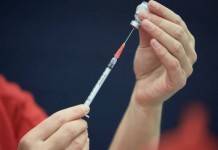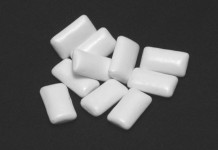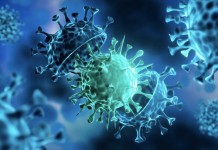Since the beginning of the pandemic, one of the most recommended measures for containing the disease by health agencies is the constant cleaning of environments and objects, in addition to the use of masks, physical distance and others widely disseminated by the media. Despite the constant care orientation, which explains the fact that such actions are applied with high frequency and even required in certain regions of the planet if infections caused by contact with contaminated surfaces, such as door handles, account for a very small portion of the cases of covid-19 scientifically proven? Dyani Lewis discusses the subject in an article in the journal Nature.
In order to comply with the imposed requirements, several sectors had to race against time and dedicate employees to the task, which increased the costs involved in their work with both personnel and cleaning products. By the end of 2020, Lewis says, global sales of disinfectants totaled $ 4.5 billion, an increase of more than 30% over the previous year. In any case, even though they raise the doubt of the real need for so much precaution, even experts do not dare to state in a forceful way that it can be left out.
It is no secret that, every day, researchers discover new information about the new coronavirus. However, there are unanswered questions, one of which concerns precisely the potential for transmission in situations in which the microorganism is deposited somewhere. We know that he is resistant, but the specific conditions of laboratories do not apply to the real world - and it may be that the agent does not last that long in the supermarket in your city.
Deepening investigations
Hundreds of studies have been and are being carried out, as well as news of people supposedly infected after pressing elevator buttons and touching the face. Still, there is no evidence that these situations occurred as described. “What we really value is the epidemiological investigations of patterns of transmission, whether at home, in the workplace or elsewhere,” argues epidemiologist Ben Cowling of the University of Hong Kong. “I don’t think we have done this enough.”
Methods that could clear up events like this have been applied in the past to other viruses, such as a 1987 survey by scientists at the University of Wisconsin-Madison in the United States, which placed healthy volunteers in a room to play cards with people infected with a rhinovirus of the common cold. In it, half of the healthy volunteers became ill when they were in the same environment. On the other hand, in a separate experiment, with only contaminated cards and poker chips, everyone remained healthy. With Sars-CoV-2, the technique would be unethical, since it can be fatal.
With all these limitations, it is natural that clinical results guide what can help the population on a daily basis and what does not arouse concern. It turns out that Emanuel Goldman, a microbiologist at Rutgers New Jersey Medical School, also in the USA, explains that, in addition to the viral RNA found on surfaces, being the equivalent of the corpse of the microorganism, controlled experiments use much greater amounts of the material spread by there.
Despite not adopting special measures related to everyday objects, Goldman does not dispense with the mask when leaving home, since not all establishments have implemented air conditioning systems and the new coronavirus is certainly transmitted by this route with a frightening efficiency.





